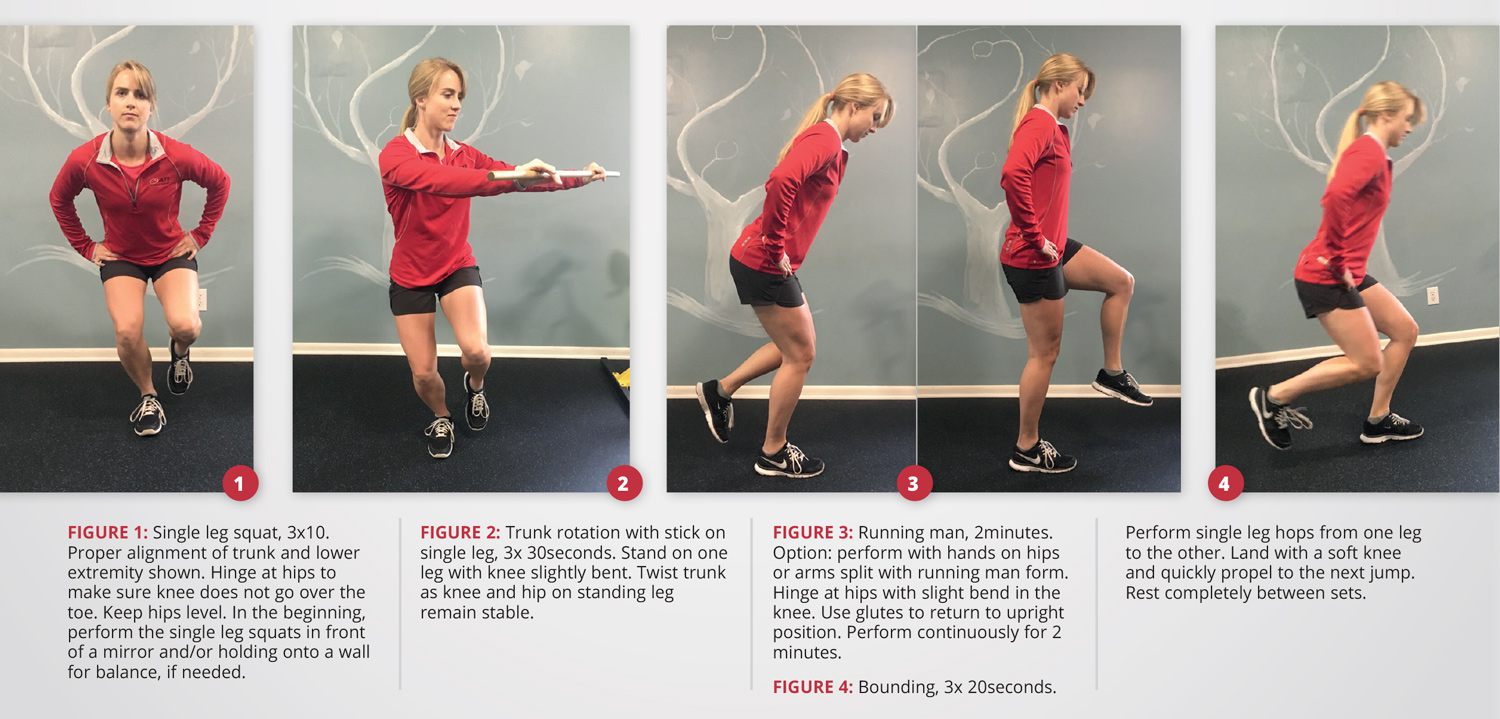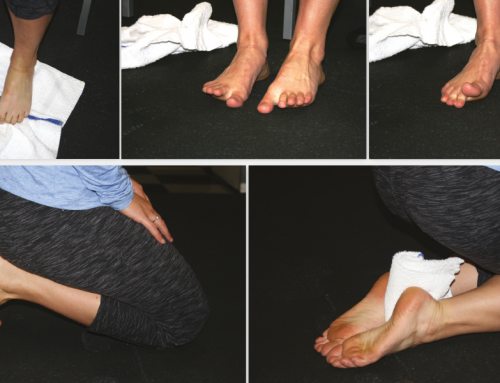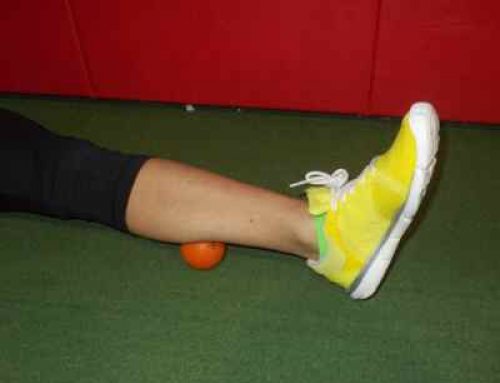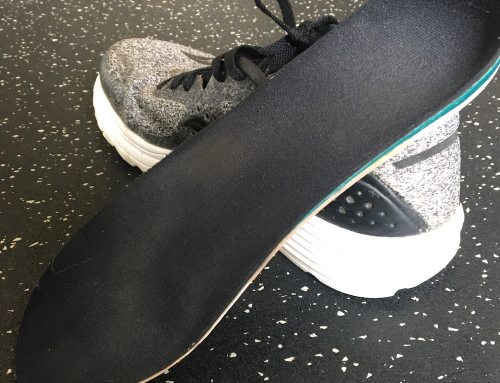By Olivia Shelton
You know the phrase, “you are only as strong as your weakest link.” The complexity of the human body can be very resilient to normal and abnormal stressors. The body can tolerate thousands of miles of joint loading over years and years of life. It can tolerate poor mechanics for a period of time. Yet, we often push our bodies past the breaking point. The weak link transitions to pain. Pain, as the result of sometimes years of joint stress and load, may be preventable. By identifying the underlying issues early, you can stay active longer.
Recently in the clinic, I have come across a number of endurance athletes sidelined by hip injuries. The femoroacetabular “hip” joint is inherently unstable. It is a ball and socket joint, like the shoulder, which requires control of multiple degrees of freedom. With great freedom, comes great need for stability. The ligaments in the hip resist some of the most extreme ranges of motion of the hip creating stability. Muscles are the other piece to the puzzle; this is the piece we can influence.
Cam and pincer impingement are two “buzz words” flying around the clinic recently. Cam impingement is when the ball of the femur has taken abnormal form that adversely encounters the socket. Pincer impingement is the opposite. Abnormal coverage of the socket decreases space for movement of the femur. When there is a decrease in joint space, impingement occurs. Research shows there has been up to a 600% increase in hip impingement surgery from 2006-2010. Significant? Absolutely. As a PT, it is my job to help people avoid being part of this statistic.
There are causes of impingement we can impact: deficits in range of motion, muscular imbalances, and poor neuromuscular control. How does this relate to keeping you healthy and active?
Here are 4 ways to be intentional with your cross-training program to not only decrease the risk of injury, but also improve performance. By incorporating muscular strength, stability, neuromuscular control, and power into your workouts, individuals will be able to monitor if there is a “weak link” present. The hip is most challenged in single leg stance, especially for the running population, so this article shows how one exercise can be manipulated to fit the four concepts.
Strength. Strength training improves recruitment of motor units and efficiency of the muscles to fire, decreasing the stress on the anaerobic system and improving running economy. Figure 1.
Checking Stability. Stability is one’s ability to control the body through a range of motion; this does not mean rigid. An individual should be able to demonstrate good hip and lower limb stability despite rotation of the trunk. Figure 2.
Control of the Neuromuscular System. Challenging the body to perform a small, controlled arc of motion for a period of time will reinforce muscle memory establishing a motor pattern that you can translate to the single leg stance phase in running. Figure 3.
Power. It has been shown that by doing plyometric-style training, the body can better learn to use energy. The body absorbs energy with landing and then releases this energy by propelling forward and upward. These exercises are easy to perform in a dynamic warm up and use little to no equipment. The exercise demonstrated is a bounding jump; the goal is to perform a powerful leap minimizing the amount of time in contact with the ground. Figure 4.
The hip joint is very complex. Poor control of the hip cannot only cause hip pain, but also cause pain in other areas: back, knee, and foot/ankle. These four concepts are a great framework for the addressing weaknesses in the entire lower kinetic chain. For your next cross-training workout, I challenge you to incorporate exercises that focus on strength, stability, neuromuscular control and power. Take control of the weak link and stay active longer!
Olivia Shelton is a Physical Therapist at ATI PT in Carrboro, NC. She treats both orthopedic and sports-related injuries. She enjoys exercising, cooking, and spending time with her dog Hayes.







